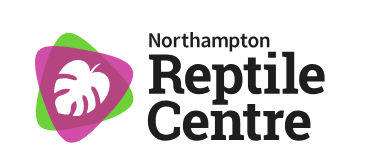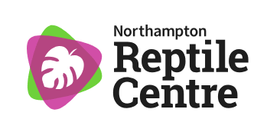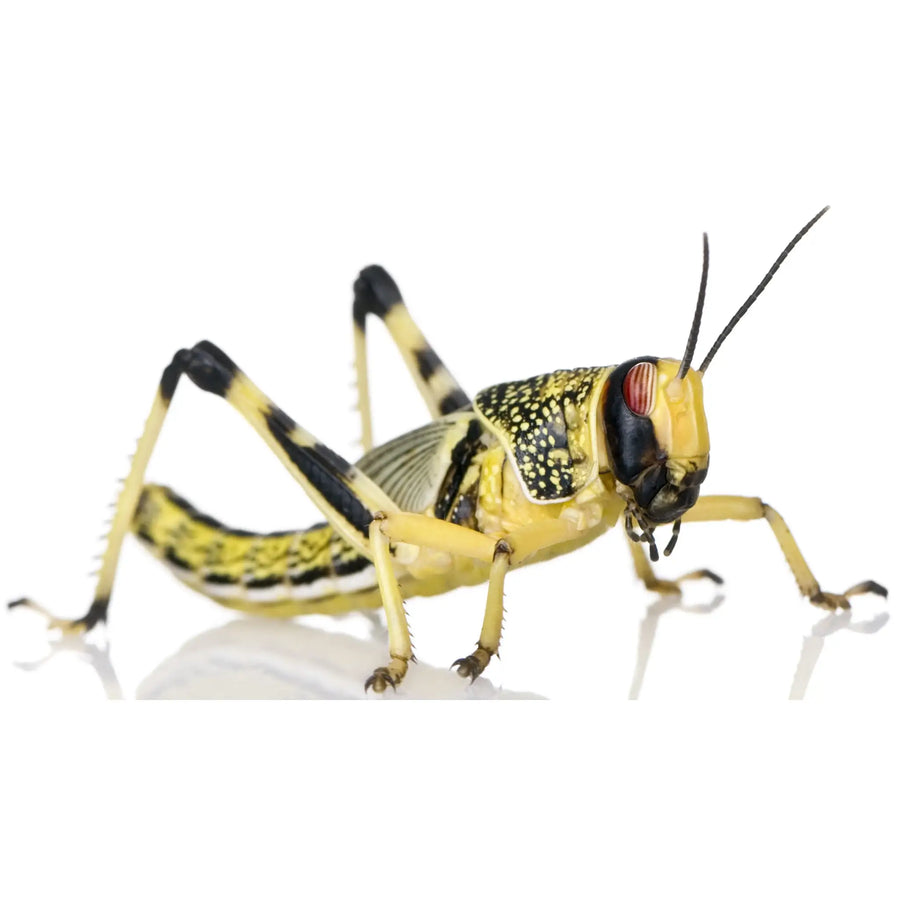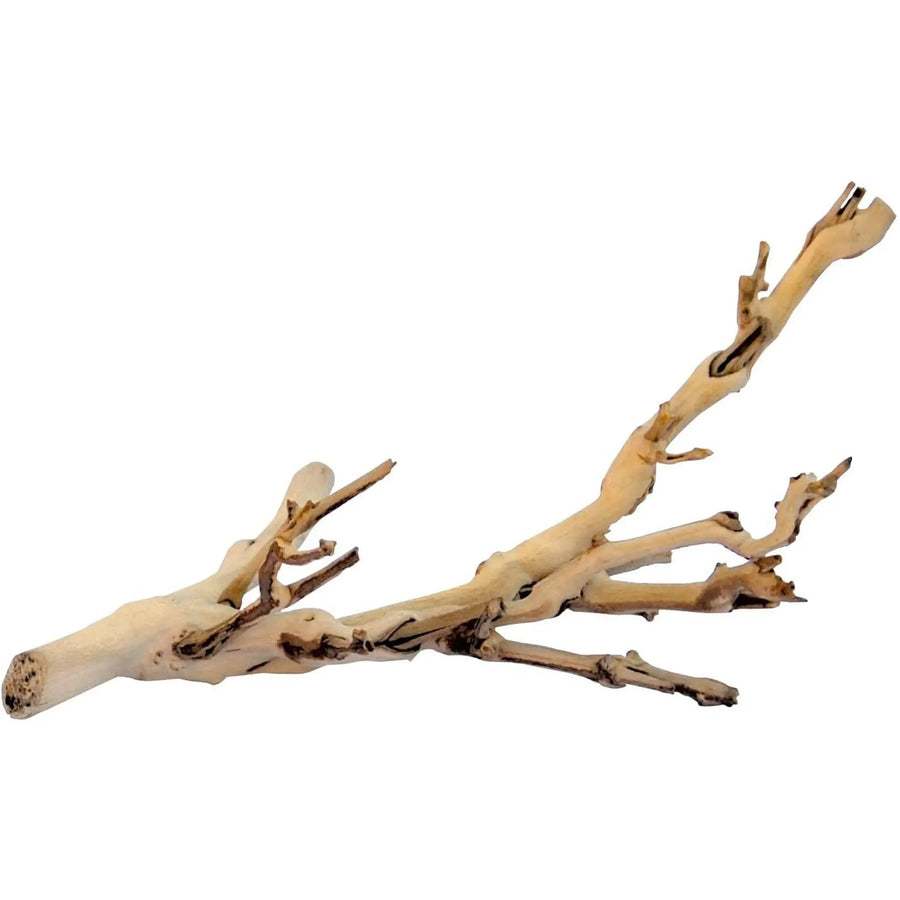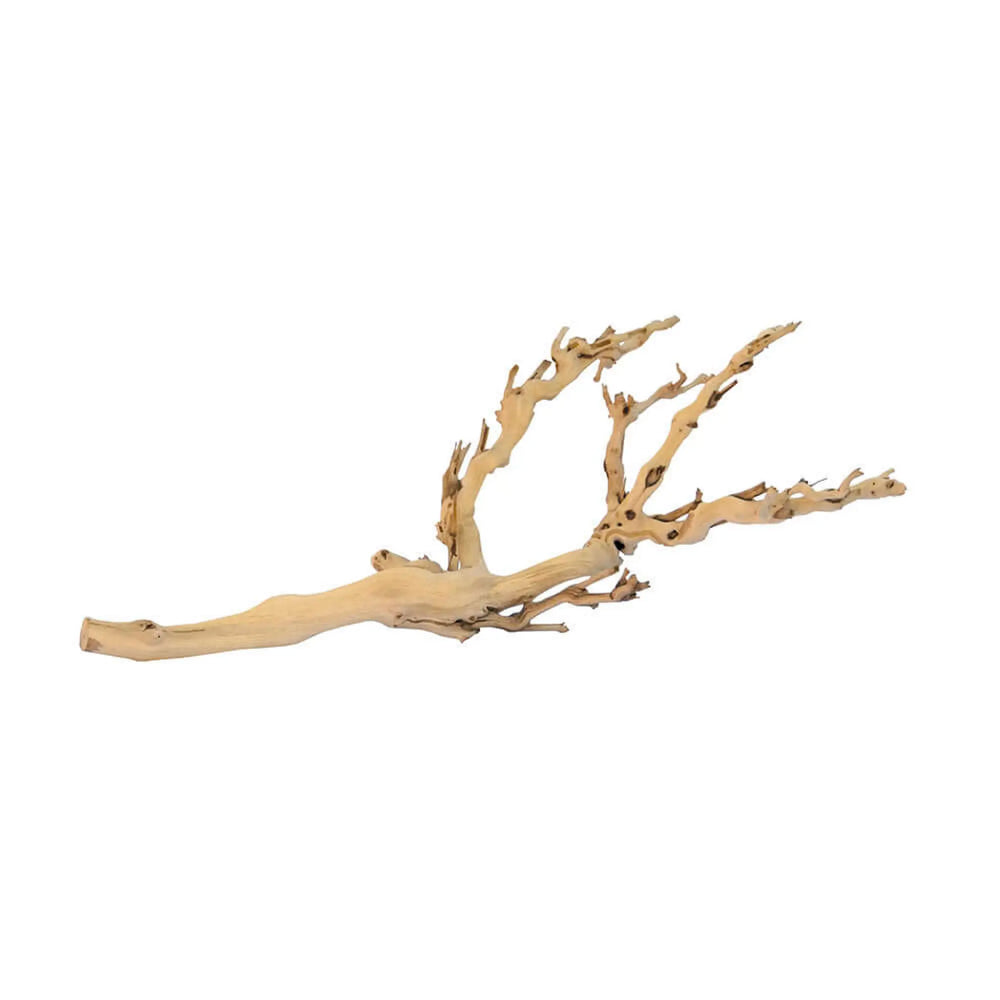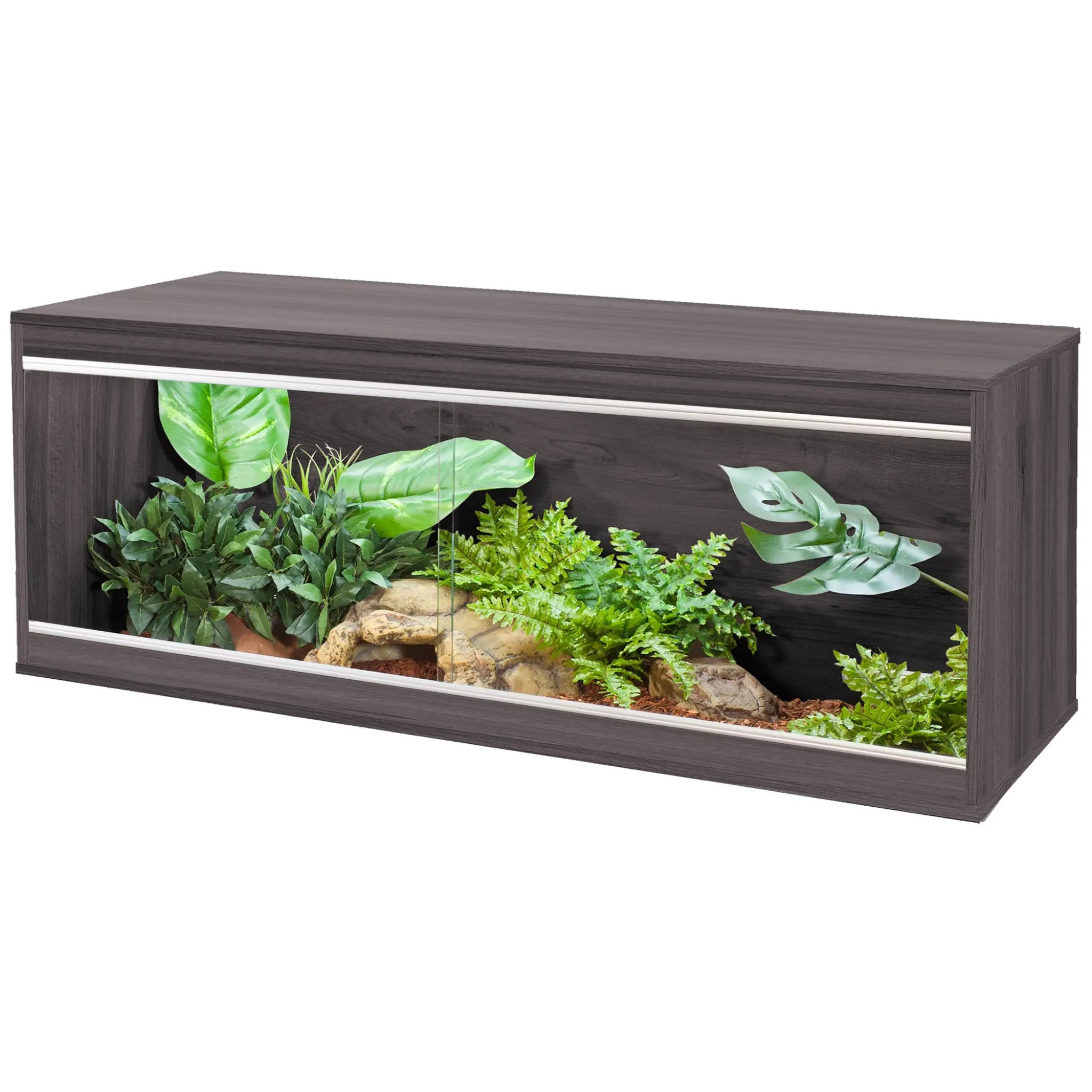
What Is a Bioactive Terrarium: An Overview of Its Benefits and Setup
by Luke Tansley on in Amphibians Geckos Guides Insects Lizards
A bioactive terrarium is an enclosed ecosystem that mimics natural habitats and is self-sustaining. A bioactive terrarium includes live plants, appropriate substrates and a variety of small invertebrates and microorganisms that help break down organic material and waste. These elements work together to provide a balanced ecosystem where your plants and animals can thrive with minimal maintenance.
Your bioactive enclosure should have several key components, such as a drainage layer, a substrate layer and live plants that help maintain the right moisture and humidity levels. These setups often include a clean-up crew, which are tiny bugs that eat waste and help keep the environment clean.
By installing a bioactive terrarium, you're creating a small piece of the natural world within your home. This type of setup offers more than just aesthetic benefits. It promotes the well-being of your reptiles, amphibians or other terrarium inhabitants by providing them with a more natural and enriching habitat.
Fundamentals of Bioactive Terrariums

A bioactive terrarium is an enclosed habitat designed to maintain a balanced ecosystem. It combines plants, animals and helpful microorganisms like bacteria and mycelium. In such setups, live plants improve air quality and provide shelter for the animals. The plants, together with the clean-up crew break down waste and maintain cleanliness.
Benefits of a Self-Sustaining Ecosystem
One key benefit of a bioactive terrarium is reduced maintenance. The clean-up crew processes waste, which lowers the need for frequent cleaning. This setup also enriches the lives of the terrarium’s inhabitants. They engage in natural behaviours, increasing their well-being. A bioactive environment replicates the wild conditions more closely, providing a healthier enclosure for reptiles, amphibians and invertebrates.
Components of a Bioactive Terrarium
A balanced bioactive terrarium requires several key elements.
-
Bioactive Substrate Layer: Use a mix of materials like soil, clay and organic matter to provide nutrition and retain moisture, depending on the environment you’re trying to recreate.
-
Drainage Layer: A layer of gravel or clay balls ensures proper drainage and prevents water from stagnating and assists helpful bacteria.
-
Live Plants: Select plants that thrive in the same conditions as your terrarium inhabitants.
-
Clean-Up Crew: Incorporate organisms like isopods and springtails to break down organic waste and prevent mould buildup.
- Hardscaping: Use elements like wood and rocks to create structure and hiding spots.
Creating Your Bioactive Environment

Setting up a bioactive terrarium involves a mix of carefully chosen materials, a strategic layering of substrates and thoughtful selection of plants and wood. Each step plays a pivotal role in creating a balanced ecosystem for your terrarium inhabitants.
Choosing the Right Container and Materials
Selecting the correct container is essential. Glass enclosures are popular due to their durability and excellent visibility. A glass terrarium allows you to monitor your setup easily and ensures humidity levels are maintained, but this depends on the animal.
You will need various materials, such as wood, rocks and organic matter. These components provide structure and functional spaces for your animals. Make sure all materials are clean and non-toxic to prevent any harm to the inhabitants.
Consider the size of your container as it influences the plants and animals you can include. An adequately sized enclosure ensures enough space for a thriving, self-sustaining environment.
Layering Substrates for Optimal Growth
Creating the substrate layers correctly is critical to the health of your bioactive terrarium. Start with a drainage layer at the bottom. Using materials like gravel or expanded clay pellets in this layer helps with aeration and drainage.
Above this, add a substrate barrier to keep the layers separate. This prevents the substrates from mixing, ensuring effective drainage.
The main bioactive substrate layer comes next. It should be rich in nutrients to support plant growth and microbial life. A mixture of soil, coconut fibre and leaf litter works well.
Adding a small amount of organic matter helps maintain a suitable environment for microorganisms and the cleanup crew.
Selecting Plants and Wood for Habitat Design
Choosing the right plants and wood is vital for creating a natural and aesthetic habitat. Opt for live plants that thrive in your terrarium's conditions, whether tropical or temperate. Ferns, mosses and small jungle plants are often suitable choices.
Inhabitants and Their Roles

A bioactive terrarium relies heavily on its inhabitants to maintain a balanced ecosystem. Both microfauna and larger animals play important roles in keeping the habitat clean and healthy.
Introducing Microfauna
Microfauna are small organisms that play a pivotal role in maintaining the health of a bioactive terrarium. These include springtails, isopods and microorganisms like bacteria and mycelium.
Springtails are tiny insects that feed on mould and decaying organic matter, preventing harmful bacteria and fungi from overwhelming the environment. Isopods, often known as woodlice, break down leaf litter and other organic materials, contributing to soil aeration and nutrient recycling.
These small creatures serve as the cleanup crew, keeping waste in check and ensuring a low-maintenance enclosure. By breaking down dead plant matter and animal waste, microfauna support plant growth and create a healthier living space for larger animals.
Selecting Compatible Animals
Choosing the right animals for your bioactive terrarium is crucial for creating a balanced ecosystem. Reptiles, amphibians and invertebrates are common choices. Ensure that the animals you select are compatible with the specific plants, microfauna and environment you have established.
Reptiles such as arboreal geckos and anoles thrive in bioactive setups with proper lighting, humidity and temperature control. Amphibians like frogs and salamanders also benefit from bioactive enclosures due to the natural humidity levels and ample hiding spaces. Invertebrates like spiders and scorpions can adapt well, but they require specific conditions within the terrarium.
Each species plays a role in the ecosystem. They contribute to the cycle of feeding and waste breakdown, interacting with the microfauna and plants to maintain a healthy habitat. Proper selection and care of these animals ensure a thriving, sustainable bioactive terrarium.
Maintenance and Monitoring

Keeping a bioactive terrarium thriving involves regular tasks and constant checks. Consistent maintenance ensures a healthy environment for the plants and the animals. Monitoring the conditions inside the terrarium is also crucial for maintaining balance.
Daily and Weekly Maintenance Tasks
Performing daily and weekly tasks is essential to keep your bioactive terrarium functioning well. Daily tasks include checking for any obvious signs of problems, such as wilting plants or distressed animals. Feed the inhabitants as needed and make sure to remove any uneaten food to prevent mould growth.
Weekly tasks include a more thorough inspection. Look at the plants to remove any dead leaves or stems, and check the water levels. Adding water might be necessary to maintain proper humidity. You should also replace or clean the water in any small containers inside the terrarium.
Cleaning the glass walls weekly helps ensure you can see inside clearly. If you spray the enclosure with distilled or R.O. water will assist in reducing mineral build up. This is also the time to replenish any necessary nutrients for the plants and ensure the substrate is healthy. Remember, a healthy environment fosters robust plant growth and a happy habitat for your animals.
Monitoring Moisture, Temperature and Humidity
Keeping track of moisture, temperature and humidity is vital for the success of a bioactive terrarium. Using a hygrometer and a thermometer makes it easier to monitor these conditions. The moisture levels in the substrate should always be checked; it should be damp but not waterlogged.
Temperature control is necessary, especially for reptiles and amphibians. Each species has specific needs, so make sure you know the ideal temperature range. Use heating lamps or mats if needed to maintain the desired temperature.
Humidity levels are also crucial. The right humidity helps plants and microorganisms thrive. For tropical terrariums, humidity should be higher, while other types might need less moisture. Regular misting ensures humidity stays within the ideal range. By keeping these factors in check, you help your terrarium remain a self-sustaining ecosystem.
Troubleshooting Common Issues

No matter how well you maintain a bioactive terrarium, problems may still occur. Recognising and addressing these issues quickly can help keep the habitat balanced and healthy.
Dealing with Overgrowth and Pests
Overgrowth of plants can occur if the balance in your terrarium is off. Regular trimming of your live plants helps to keep the enclosure tidy and manageable. It's important to check the plants regularly and prune them to prevent them from crowding the space or blocking light. Overgrown plants can also reduce airflow, which can harm the ecosystem.
Pests, such as mites or unwanted insects, might invade the terrarium. Introducing predators like taurrus mites can control pests naturally. Additionally, regularly checking for any unusual activity or plant damage can help catch pest problems early. If you notice your terrarium inhabitants looking stressed, this could be a sign of pests or overgrowth hindering their well-being.
Maintaining Balance in the Ecosystem
A bioactive terrarium relies on a balanced ecosystem with appropriate substrate, drainage layers and a cleanup crew of microorganisms and invertebrates like earthworms and isopods. Overwatering can cause root rot and mould growth. To prevent this, ensure proper drainage and monitor moisture levels to maintain a healthy environment.
Nutrient imbalances can affect plant health and overall terrarium function. Regularly adding leaf litter or organic matter helps supply necessary nutrients and enrich the soil. Keep an eye on the light levels as well, as inadequate lighting can stress plants, inhibiting their growth and the natural breakdown of waste by bacteria and fungi.
Find All You Need for Your Bioactive Setup at Reptile Centre

Setting up a bioactive terrarium can be a rewarding experience for both you and your pets. At Reptile Centre, you'll find everything you need to create a healthy, vibrant habitat.
We stock all you need for your new enclosure, including a wide range of substrates, decor, cleaners and microfauna food. You can also buy suitable animals for your bioactive enclosure at our stores in Towcester and Northampton.
If you have any more queries about bioactive enclosures and how to set them up, contact us at sales@reptilecentre.com or 01604 753823.
Wood pieces, like branches and driftwood, add structure and provide hiding spots for your animals. They offer both functional and decorative benefits.
Ensure your plants and wood meet the specific needs of your terrarium inhabitants. Proper plant selection helps maintain humidity levels and enhances the overall well-being of your setup. Regular maintenance and care will keep your bioactive terrarium lush and lively.
